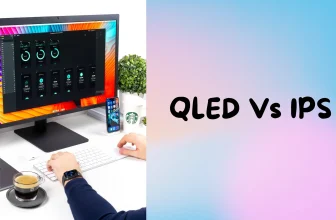Dolby Vision Vs. HDR10: Which Is The Ultimate Winner?
We all want to experience stunning visuals on our TVs. It’s when the Dolby Vision and HDR10 formats steal the spotlight. So which one is better?
This article will explain the differences between Dolby Vision vs. HDR10. Let’s read on and determine your favorite!
Overview of Dolby Vision Vs. HDR10
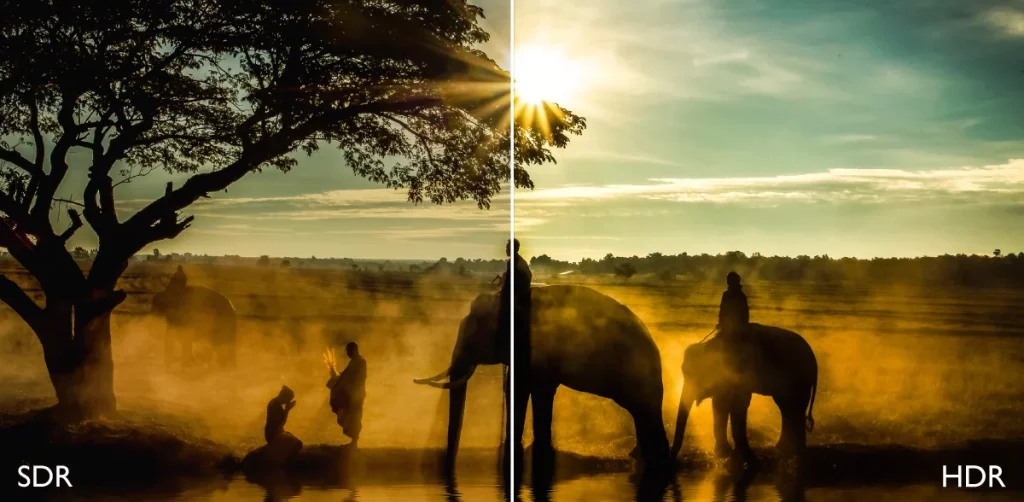
HDR10 is an HDR (High Dynamic Range) format. This format refers to the difference/contrast between the darkest and brightest parts of images. HDR content excels in preserving the image details. Hence, you can enjoy clearer displays than you often do with SDR (Standard Dynamic Range) images.
Generally, HDR10 is like the boss of HDR formats. Everyone follows the industry standard if they want their HDR devices to work together nicely.
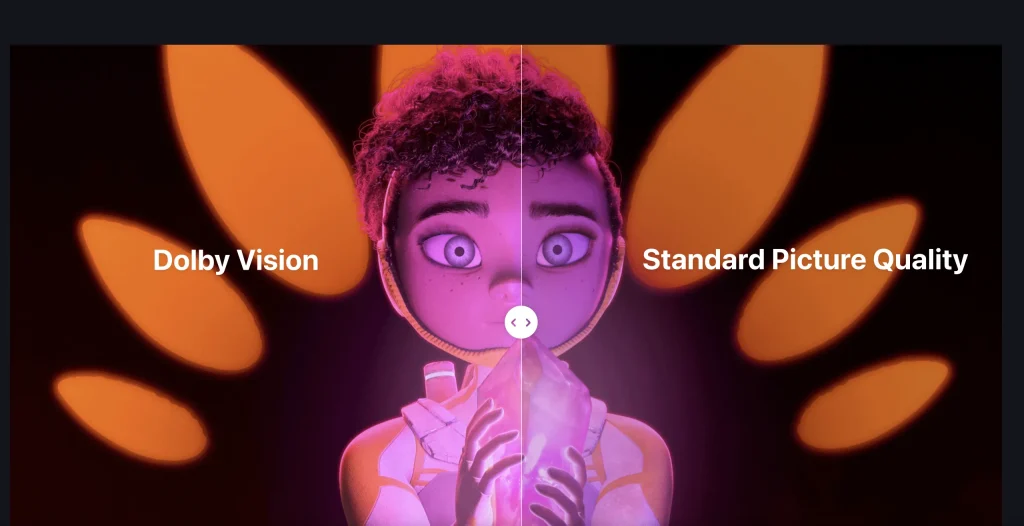
On the other hand, Dolby Vision likes to mix things up and change the darkness and brightness of the images from scene to scene. Hence, it tells the TV exactly how dark or bright it should be at any moment, making the picture look even better with improved contrast.
Dolby Vision Vs. HDR10: Side-By-Side Comparison
Dolby Vision and HRD10 differ in metadata, color depth, brightness, and compatibility. To opt for the better one, please check the side-by-side comparison below.
|
Criteria |
Dolby Vision |
HDR10 |
|
Metadata |
Dynamic |
Static |
|
Color Depth |
12 bits |
10 bits |
|
Brightness Levels |
10,000 nits |
1,000 to 4,000 nits |
|
Compatibility |
Limited |
More common |
Metadata
HDR10 works with static metadata. It means this format sets the color information and brightness at the start and keeps it the same until the end.
Meanwhile, Dolby Vision is more flexible with dynamic metadata. It can change the color settings and brightness for each scene or even every frame.
The dynamic approach of Dolby Vision allows for more accurate adjustments, leading to a more enjoyable viewing experience.
Color Depth
Dolby Vision can show off up to 12 bits of color depth, while HDR10 stops at 10 bits. Hence, Dolby Vision can create more lifelike and vibrant colors with smoother transitions between shades.
Brightness Levels
Dolby Vision shines brighter than HDR10. Dolby Vision can reach dazzling heights of 10,000 nits. On the contrary, HDR10 tops out at 1,000 or 4,000 nits.
The higher peak brightness of Dolby Vision means it can create more eye-catching highlights. You will also notice the improvement in the contrast between dark and bright parts of the images.
Compatibility
HDR10 can work with most HDR devices, media players, and TVs. It’s the default choice for many Blu-ray discs and streaming services.
On the other hand, Dolby Vision is a bit more exclusive. It has special requirements and needs a permission slip from Dolby to work its magic.
So, imagine HDR10 as the language everyone speaks. Meanwhile, Dolby Vision is like an exclusive VIP club. Not everyone gets in, but those who do are in for a premium HDR experience.
Pros And Cons Of Dolby Vision And HDR10
Dolby Vision and HDR10 have their own set of advantages and disadvantages.
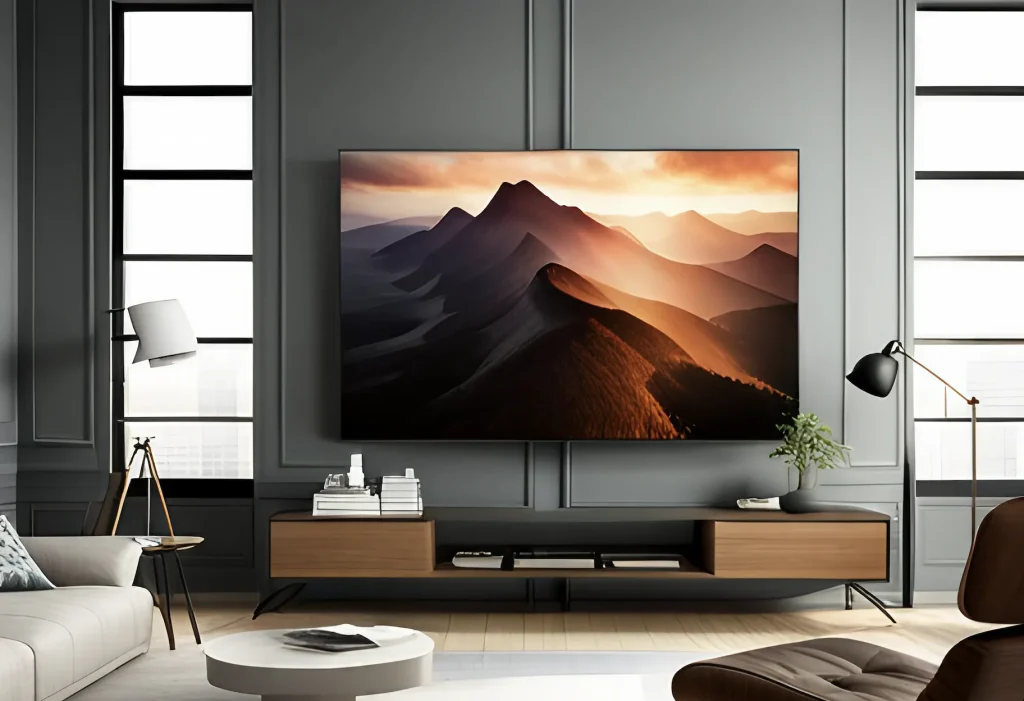
Dolby Vision
- Dolby Vision’s dynamic metadata allows for scene-by-scene adjustments. Hence, you will have better contrast and color settings.
- The wider color gamut enables a broader range of vibrant and accurate colors.
- Dolby Vision can display up to 12 bits of color depth, offering smoother color details.
- Manufacturers need to obtain a license to support Dolby Vision. As a result, you need to expect higher costs for content production.
- Some HDR devices don’t support Dolby Vision.
HDR10
- HDR10 is an open standard. Most HDR-capable devices support it.
- This format preserves the detail in both dark and bright parts of the image.
- The color range is narrower.
- HDR10’s peak brightness levels are typically lower.
Which Should You Choose?
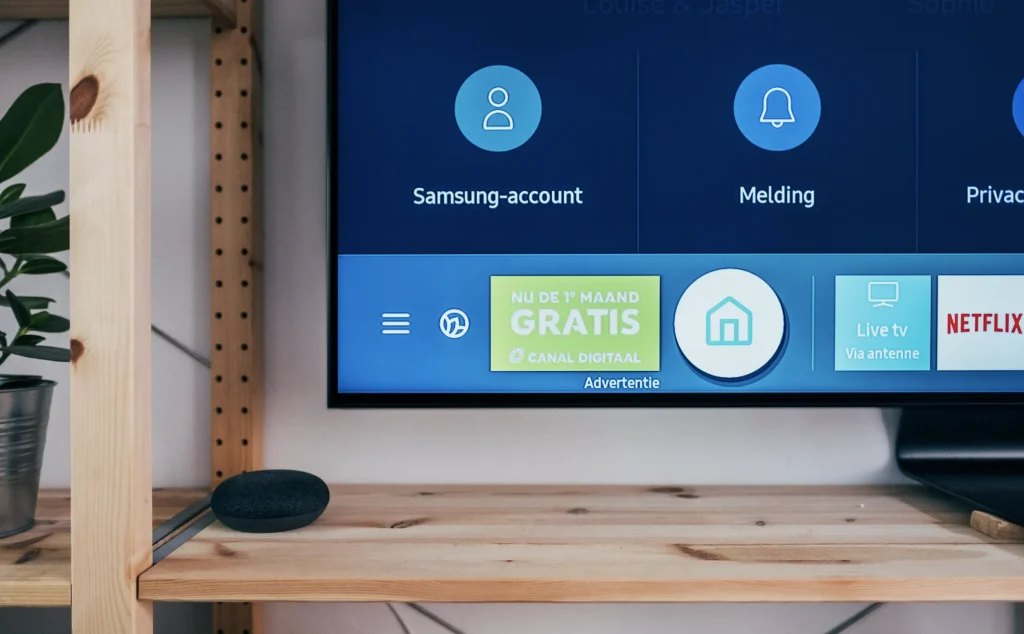
Choosing between Dolby Vision and HDR10 depends on various factors. Here are some considerations to help you make an informed decision:
- Device compatibility: If your device is Dolby Vision compatible, use this format to enjoy a better viewing experience. But if your device supports HDR10, it can still provide an excellent visual experience.
- Preference: Both Dolby Vision and HDR10 can enhance the visual experience. Dolby Vision aims to display high-quality content with the right color level and contrast. Meanwhile, HDR10 is good at showing realistic images on TVs.
There are other HDR formats. So check this video to learn more about them and choose the right one for your needs:
Conclusion
Dolby Vision offers a more vivid brilliance, dynamic metadata, and a broad color palette for an immersive visual feast. However, not all HDR devices can work with this format.
Meanwhile, HDR10 is more common. It also maintains detail and enhanced image quality, despite the lower quality than Dolby Vision. So, which format is your favorite? Do not hesitate to share your experience with us. Thank you for reading!
Pete is a software engineer who currently works full-time managing MarsScreen.com. On the side, he enjoys coding his own projects and spending time with his wife and two dogs. When he's not working or hanging out with family and friends, you can find him playing the guitar or running. My Instagram.





